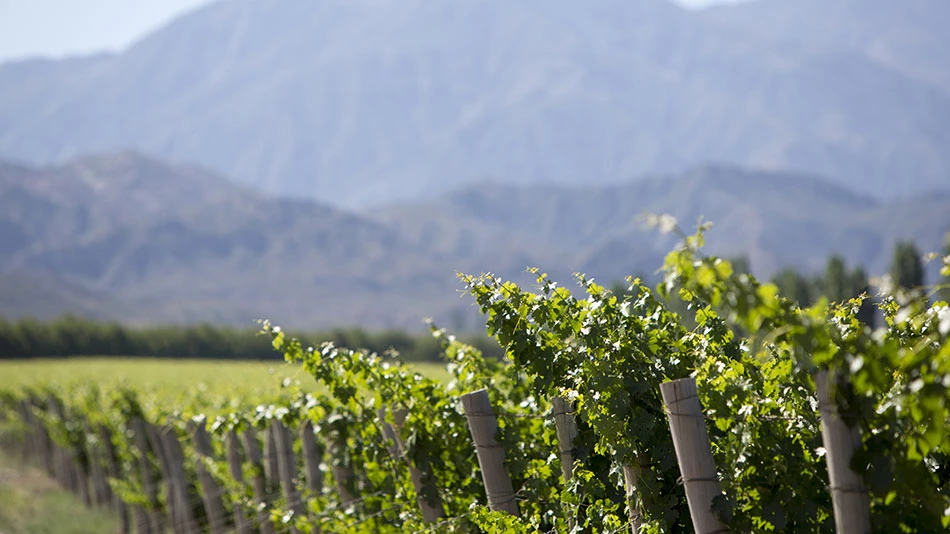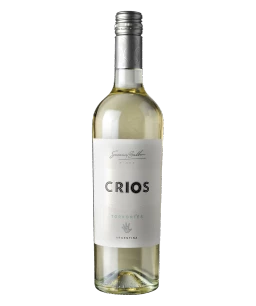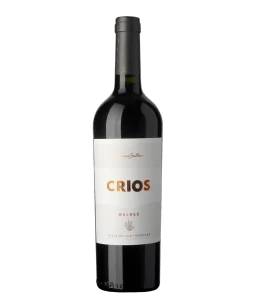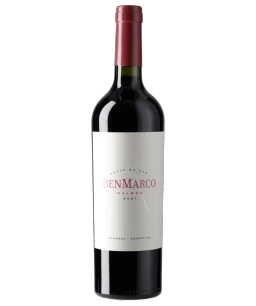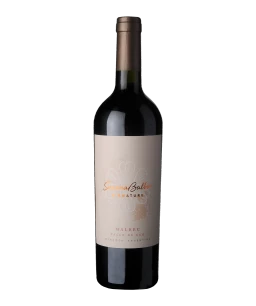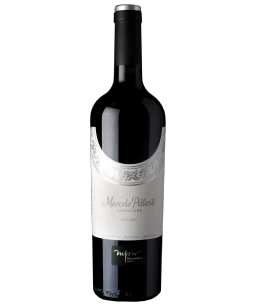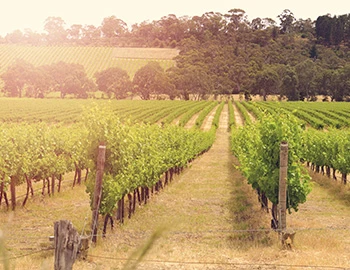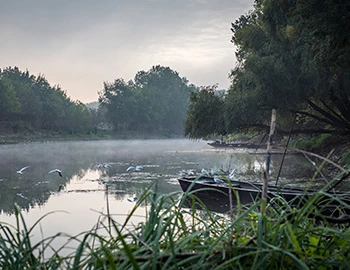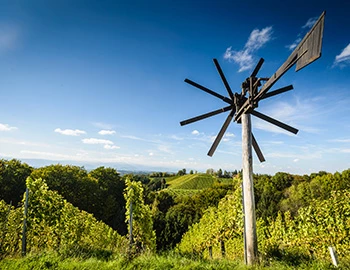Mendoza
Mendoza: Malbec and more
Whenever someone talks about Argentinian wine, they generally mean wines from Mendoza. Roughly 60 percent of all Argentine wines are produced around the metropolis of the same name. In particular, Malbec, a red wine variety originating from southwestern France, has found a new home here, providing focused, well-structured wines. Cabernet Sauvignon and Chardonnay also thrive. The best wines result from high elevations, in the foothills of the Andes
White wines from Mendoza
Red wines from Mendoza
Mendoza is a paradise for wine growing, especially with regard to the climatic conditions: 300 sunny days per year, large temperature differences between day and night, slight precipitation of no more than 250 millimeters per year, and the steady, dry and fresh air of the Andes. In these weather conditions, disease pressure remains low. Mendoza is thus ideal for natural, or organic, farming. The light at higher sites, which is rarely obscured by fog or clouds, makes for optimal photosynthesis, and ultimately for intensely fruity wines.
Water from the Andes
A further quality factor is the poor soils, with a good deal of calcareous sand on clay or gravel. This type of soil has also ensured that many old, ungrafted Malbec vines have survived, although Mendoza was also ravaged by phylloxera. Damage remained low, however, because the vineyards were traditionally irrigated with meltwater from the Andes in the flooding process. The fact that it hardly rains in Mendoza, but there is sufficient water thanks to the snow-capped Andes, lets vintners deliver to their vines the precise amount of water needed for optimal grape quality.
The triumph of Malbec
The city of Mendoza was founded in 1561. Only ten years earlier, the Jesuit priest Juan Cidrón is said to have set up the first vineyard here. Over 300 years later, in 1868, French agronomist Michel Pouget brought the Malbec variety to Mendoza, where it experienced a remarkable triumph. Today, the largest Malbec plantings in the world are located in Mendoza. Along with Cabernet Sauvignon and Chardonnay, long-established varieties like Torrontes (white) and Bonarda (red) also result in high-quality wines.
Top wines from high places
Top producers in the Uco Valley, especially near the town of Tupungato, have recently begun exploiting ever-higher elevations for viticulture. The highest plantings are now around 1,500 meters above sea level. This results in more elegant but less concentrated wines than in the vineyards of the valley floor, which lie roughly 800 meters above sea level.
